The London Underground is an iconic transit system located in the heart of the United Kingdom’s capital, London. Known locally as “the Tube,” it is one of the oldest and most extensive subway networks in the world. Its engineering marvels have shaped the way cities approach urban transportation. This article delves into the fascinating insights behind the design and construction of this historic system.
The Birth of the World’s First Underground Railway
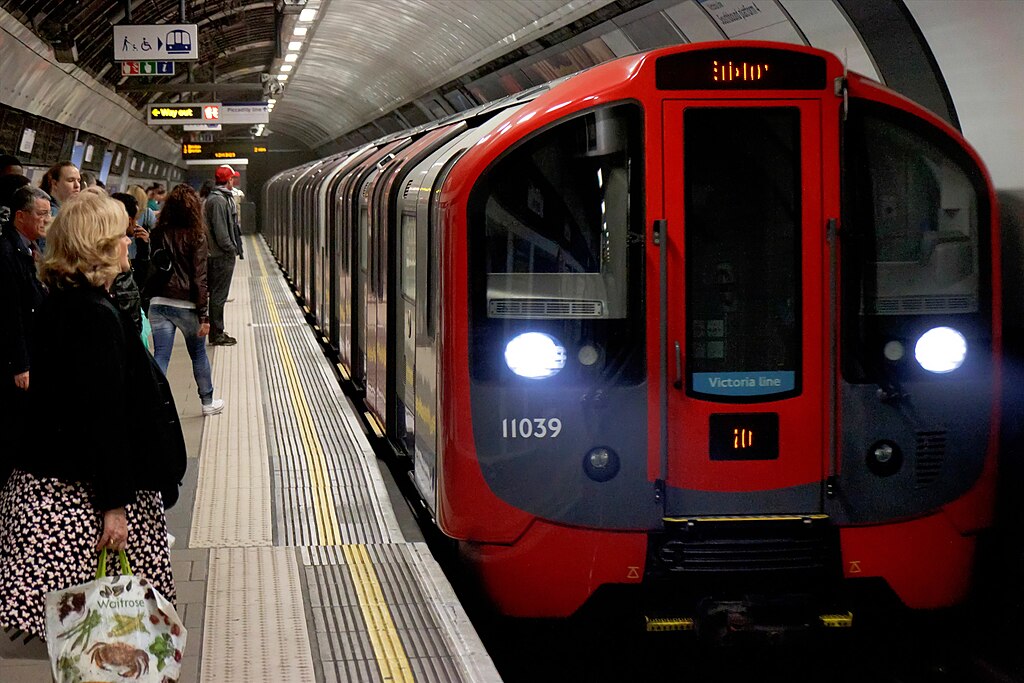
The London Underground, which began operation in 1863, holds the distinction of being the world’s first underground railway. Its inception was a response to the growing congestion in London’s streets. Engineers had to overcome significant challenges, including excavating under a densely populated city. This groundbreaking project laid the foundation for modern urban transit systems worldwide.
The Evolution of Deep-Level Tunnels
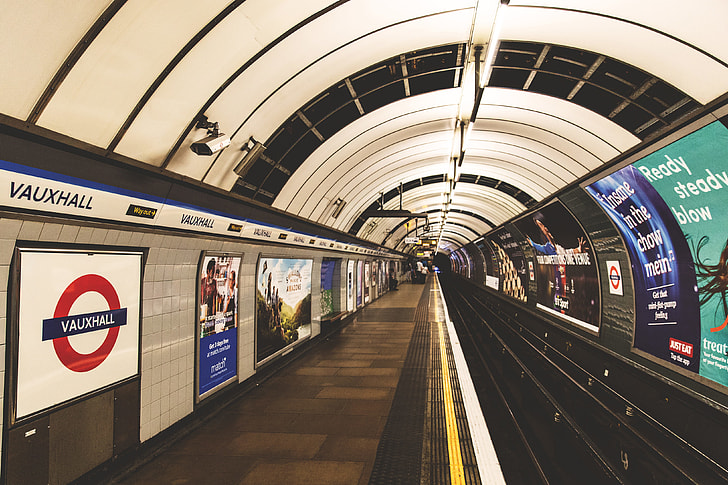
As the London Underground expanded, engineers developed deep-level tunnels to accommodate new lines. These tunnels, built using advanced techniques like the Greathead Shield, allowed the Underground to operate beneath the city’s existing structures. The use of cast-iron tunnel linings ensured the tunnels’ stability and safety. Today, these deep-level lines are crucial to the network’s success.
The Unique Circular Design of the Circle Line
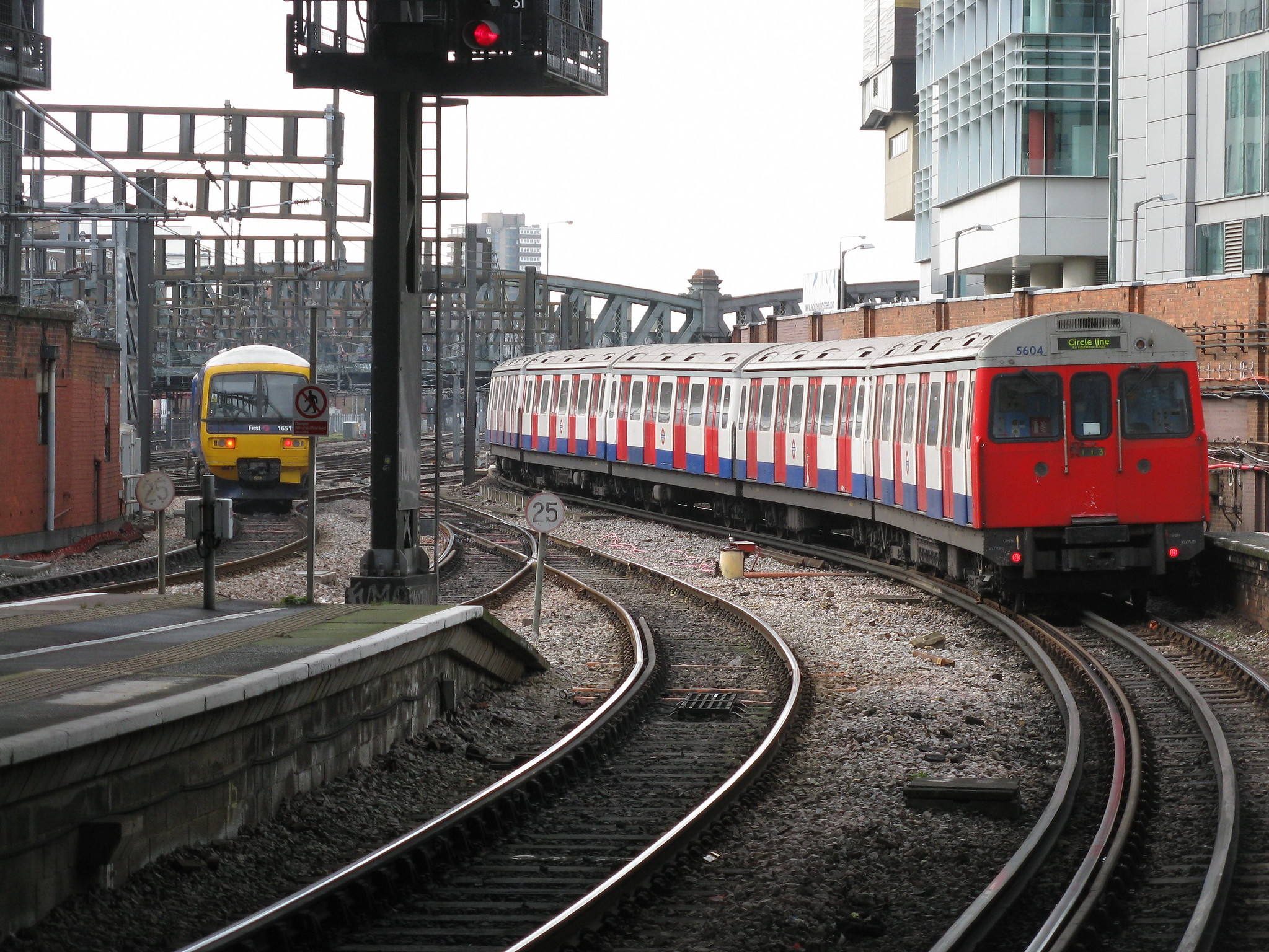
The Circle Line, originally conceived as a loop around central London, is a distinctive feature of the Underground. This design aimed to connect various major railway termini. Engineers had to carefully plan the route to integrate with existing lines and minimize disruption. The result is a seamless connection between key parts of the city, making travel more efficient.
The Integration of Multiple Train Gauges
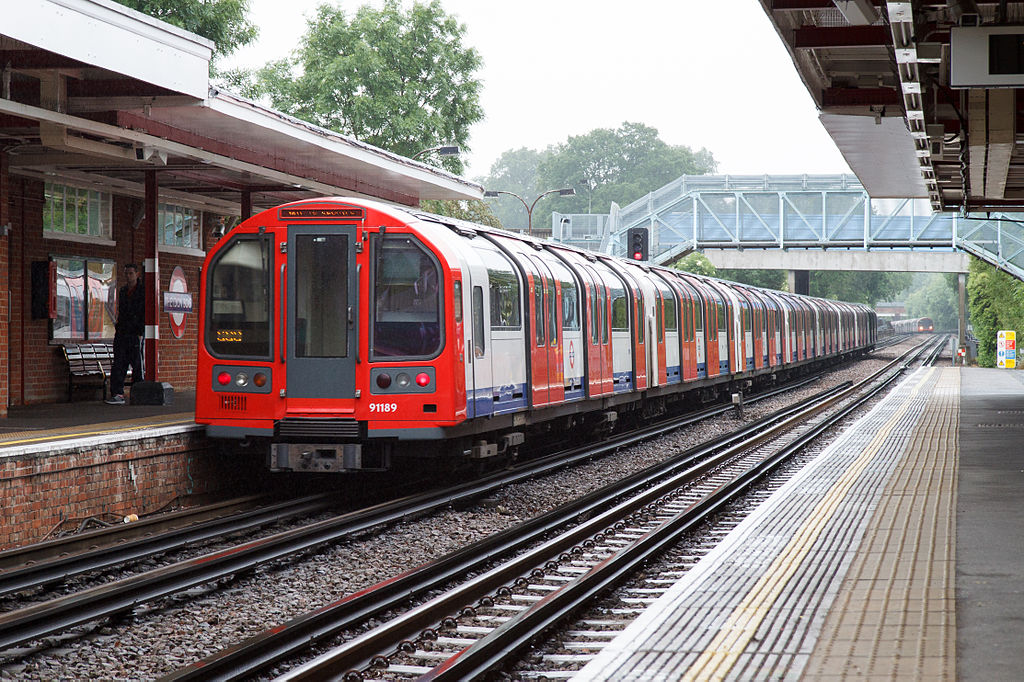
The London Underground originally consisted of several independently operated lines with different train gauges. Engineers faced the challenge of standardizing these gauges to ensure compatibility across the network. This integration allowed for the seamless operation of trains on different lines, improving efficiency and reducing costs. The standardization of gauges was a key factor in the Underground’s expansion.
The Use of Hydraulic Elevators in Deep Stations
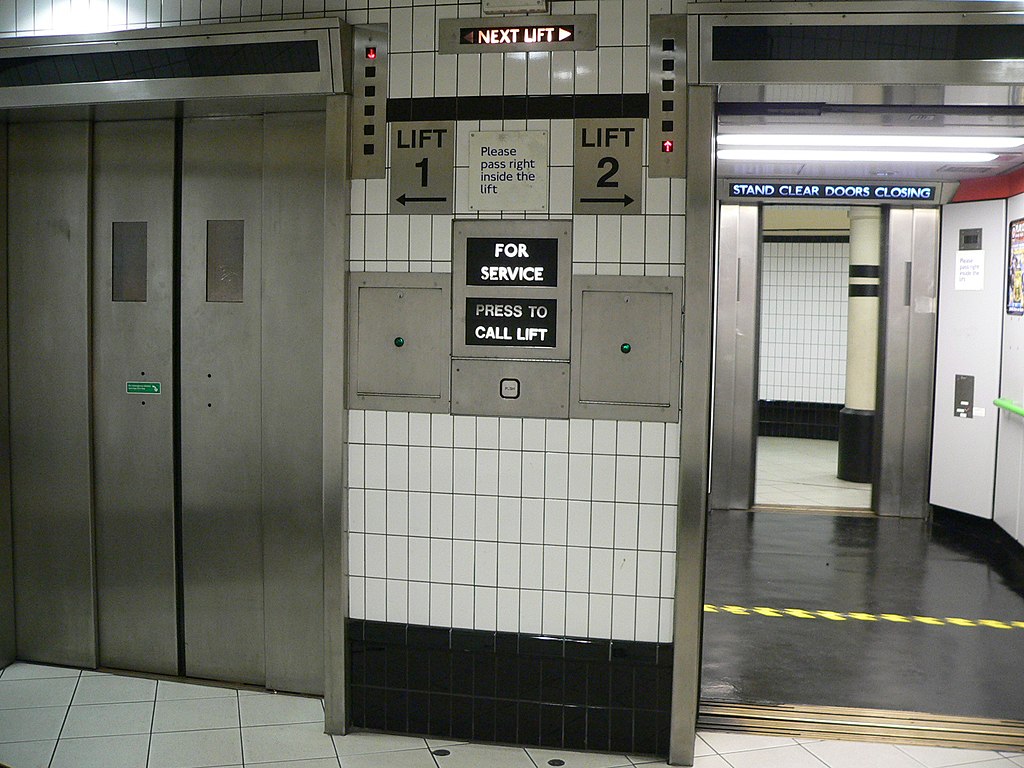
Some of the London Underground’s deepest stations, like Hampstead, required innovative solutions to move passengers efficiently. Engineers introduced hydraulic elevators to transport people from the deep platforms to the surface. These elevators, a marvel of their time, were powerful enough to lift large numbers of passengers quickly. The use of hydraulic technology was a critical development in making deep-level stations more accessible.
The Introduction of Electric Traction
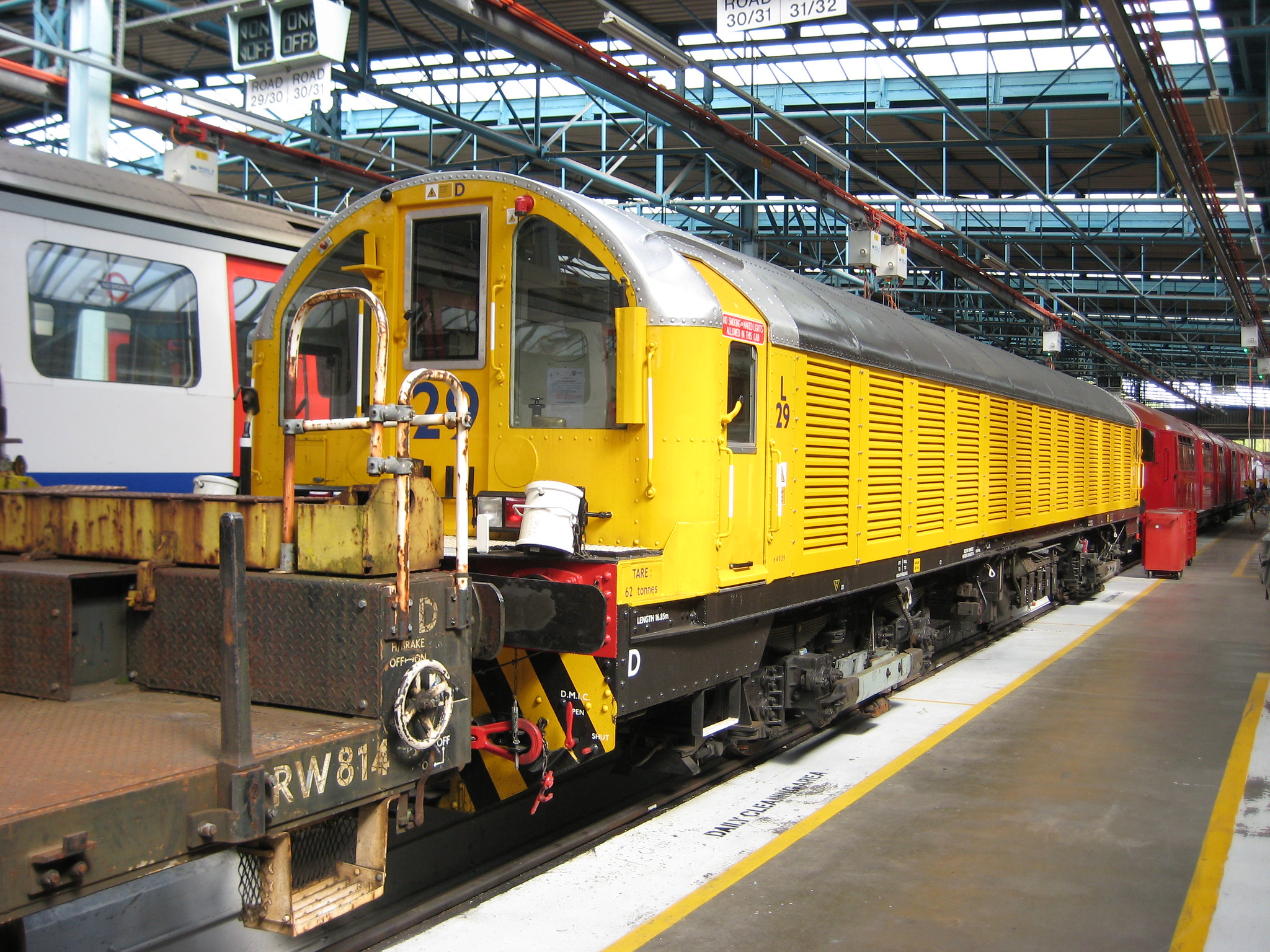
In the early 20th century, the London Underground transitioned from steam-powered trains to electric traction. This shift was driven by the need for a cleaner, more efficient mode of transportation in the confined tunnels. Engineers developed a pioneering electric rail system, which greatly improved travel speed and reliability. The adoption of electric traction marked a significant advancement in the Underground’s technology.
The Construction of the Victoria Line
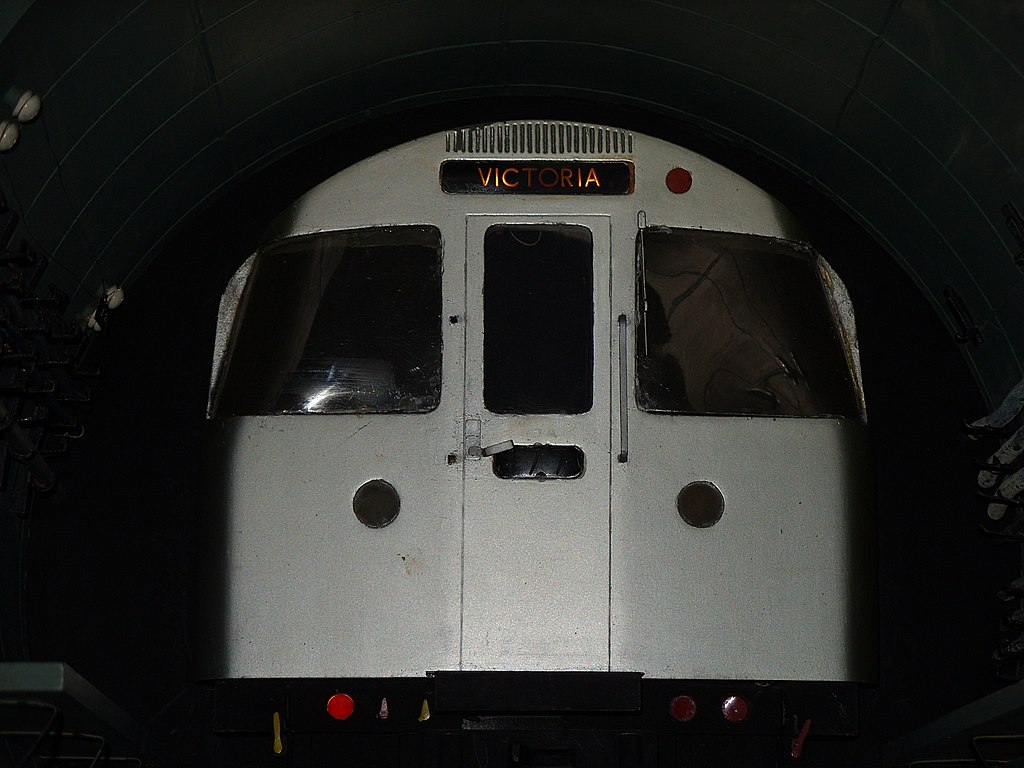
The Victoria Line, opened in 1968, was the first entirely new line built in the post-war period. Engineers used a new tunneling method called “blasting and boring” to minimize disruption on the surface. The line was also the first to be fully automated, with computer-controlled trains. The Victoria Line’s construction showcased modern engineering techniques and set new standards for future projects.
The Cooling Challenges of Underground Stations
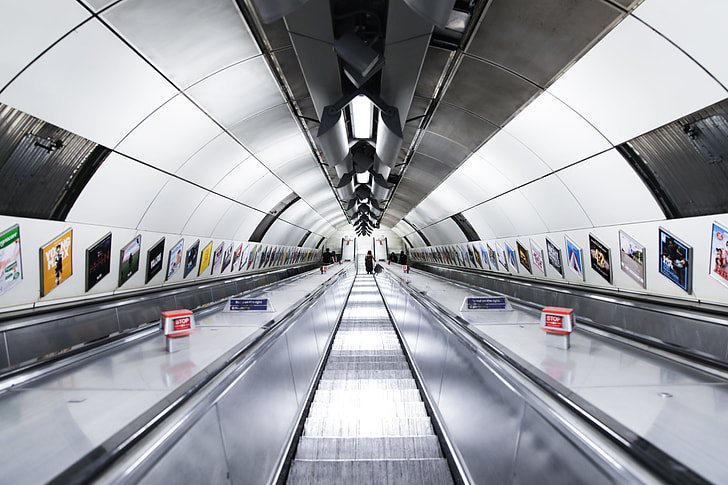
Maintaining a comfortable temperature in the London Underground’s deep tunnels has always been a challenge. The heat generated by trains and passengers is compounded by the lack of natural ventilation. Engineers have implemented various cooling solutions, including the installation of large fans and innovative heat-extraction systems. Managing the heat in the Underground is an ongoing engineering challenge that requires constant innovation.
The Development of Platform Screen Doors
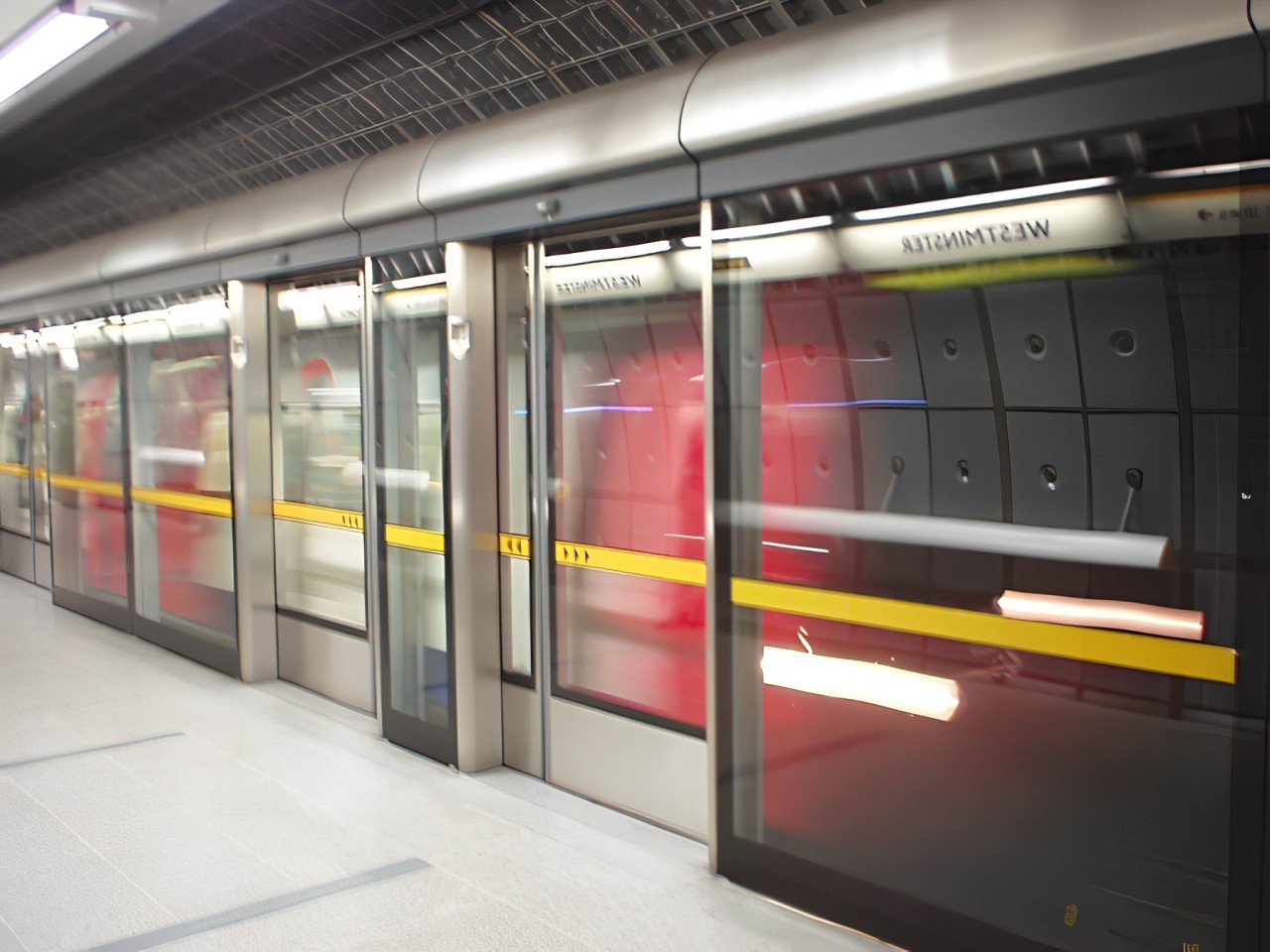
To improve safety and efficiency, engineers have introduced platform screen doors at several of the Underground’s busiest stations. These doors, which open in sync with the train doors, prevent passengers from falling onto the tracks. The system also helps reduce the risk of accidents and improves the flow of passengers during peak hours. The introduction of platform screen doors represents a significant leap in passenger safety.
The Complex Signaling System
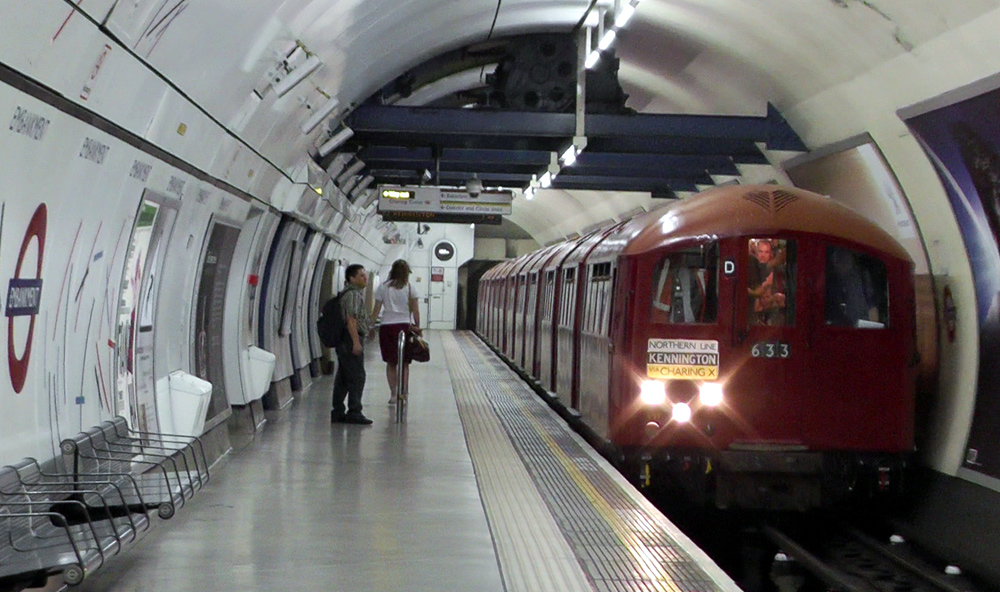
The London Underground relies on a highly sophisticated signaling system to manage the flow of trains across its extensive network. This system ensures trains run safely and efficiently, even during peak travel times. Engineers continually upgrade the signaling technology to keep pace with the growing demand on the network. The complex signaling system is the backbone of the Underground’s smooth operation.
The Architectural Design of Iconic Stations
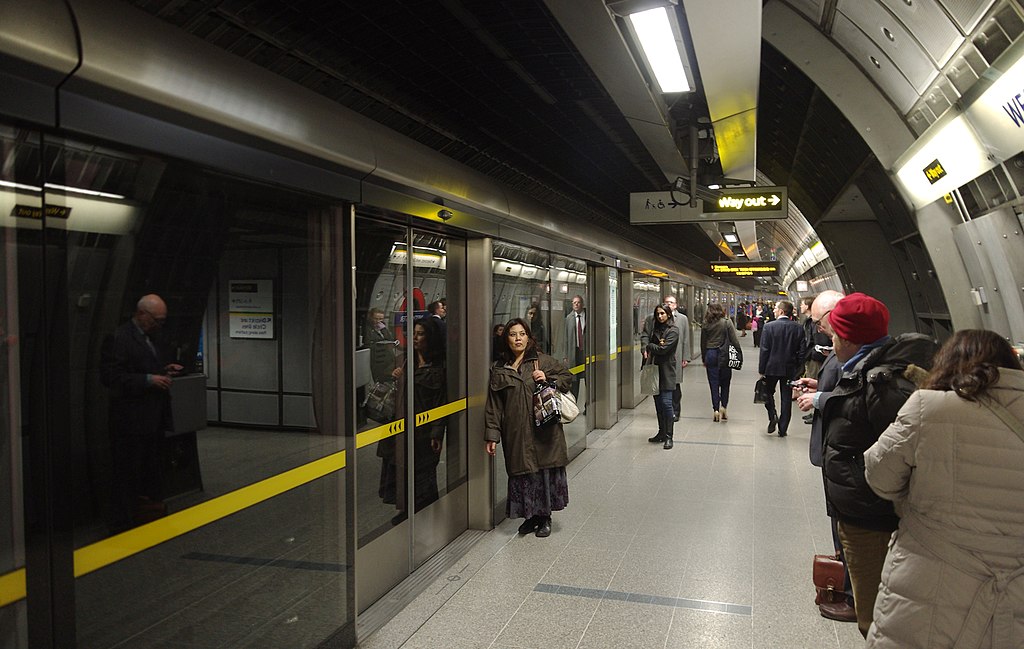
Many London Underground stations are renowned for their architectural significance. Designers and engineers worked together to create stations that were not only functional but also aesthetically pleasing. Stations like Westminster and King’s Cross St. Pancras showcase innovative use of space and materials. The architectural design of these stations reflects the Underground’s commitment to both form and function.
The Role of Civil Engineering in Tunnel Construction
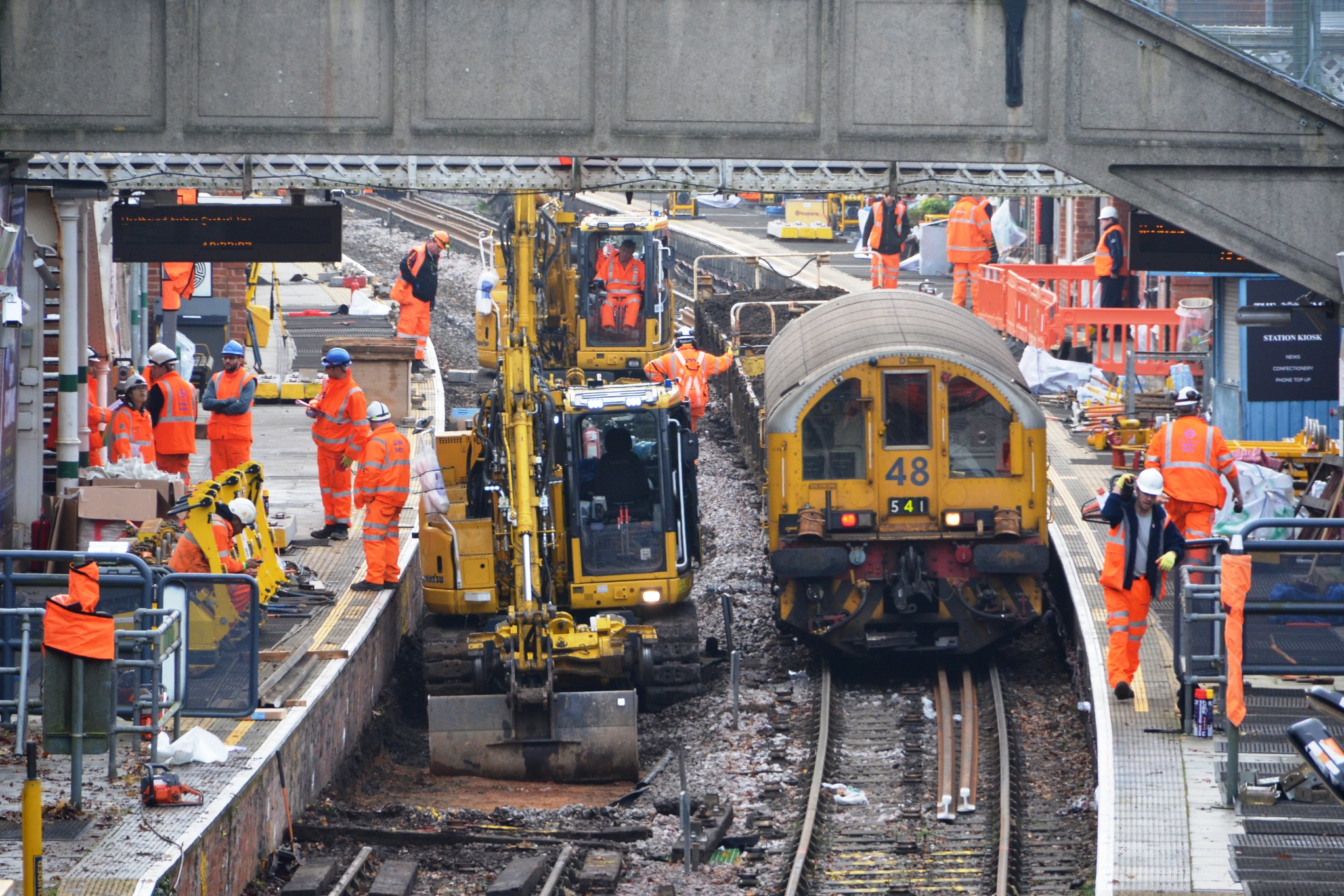
The construction of the London Underground’s tunnels required pioneering civil engineering techniques. Engineers had to navigate complex geological conditions, including London’s clay and waterlogged soil. The use of tunneling shields and other innovative methods enabled the safe and efficient construction of these underground passages. Civil engineering continues to play a crucial role in the ongoing expansion and maintenance of the network.
The Challenges of Expanding an Operational Network
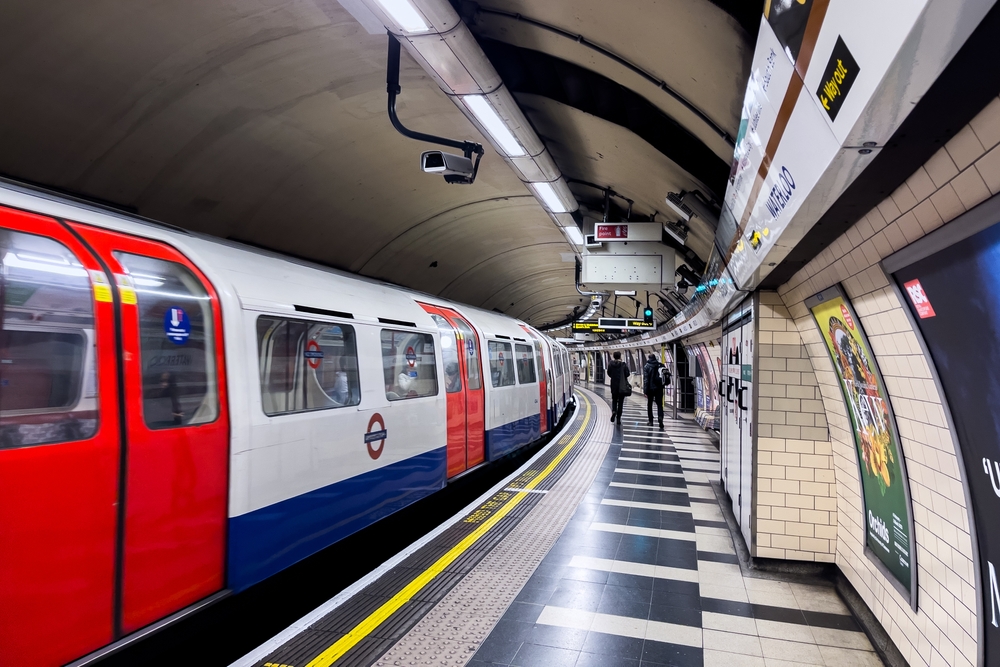
Expanding the London Underground while maintaining service is a complex engineering challenge. Engineers must carefully plan construction work to minimize disruption to passengers. This often involves working at night or during off-peak hours and using advanced construction techniques. The successful expansion of the network requires meticulous planning and coordination.
The Introduction of Oyster Cards and Contactless Payment
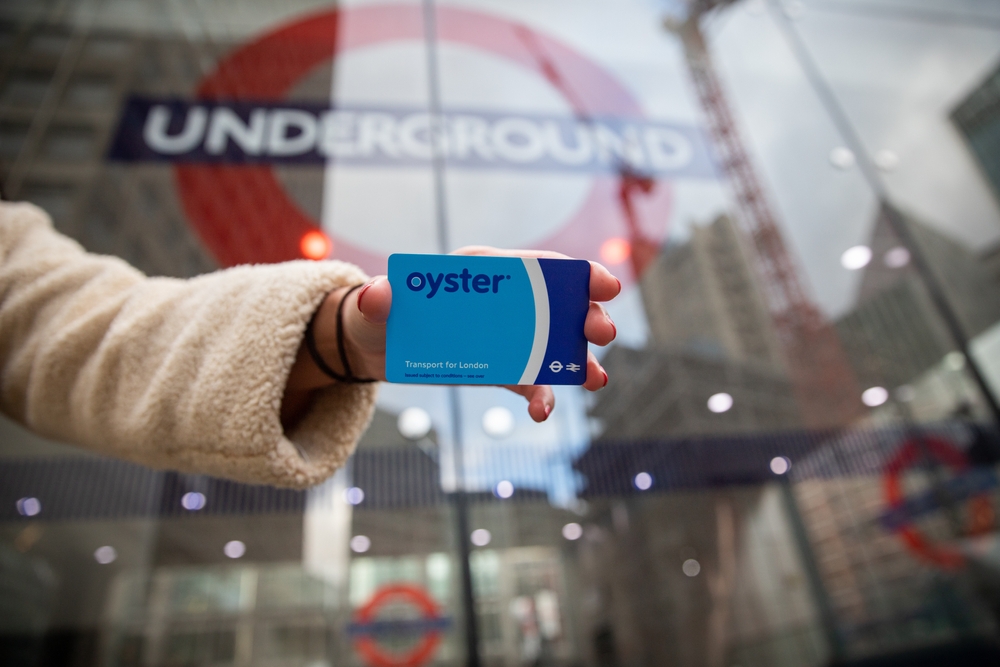
The London Underground was one of the first transit systems to introduce a contactless payment system. The Oyster card, launched in 2003, revolutionized the way passengers paid for travel. This system, later expanded to include contactless bank cards, made travel more convenient and efficient. The introduction of contactless payment is a key example of how engineering and technology have enhanced the passenger experience.
The Strategic Placement of Ventilation Shafts
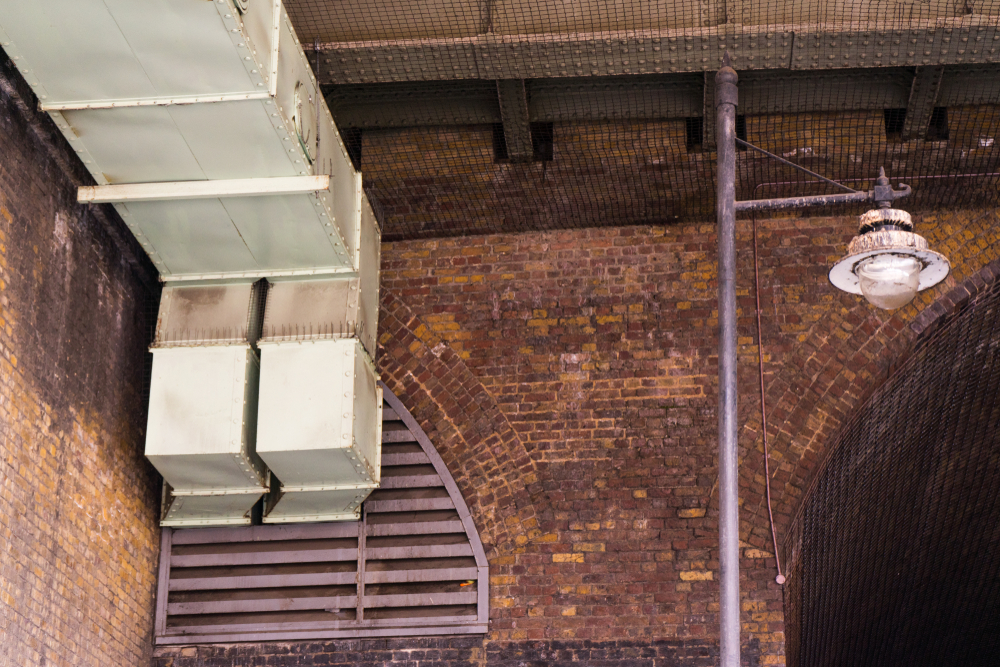
Ventilation shafts are crucial to maintaining air quality and temperature in the London Underground. Engineers strategically placed these shafts throughout the network to ensure adequate airflow. These structures also serve as emergency exits and access points for maintenance. The placement of ventilation shafts is a critical aspect of the Underground’s design, ensuring a safe and comfortable environment for passengers.
The Impact of World War II on the Underground
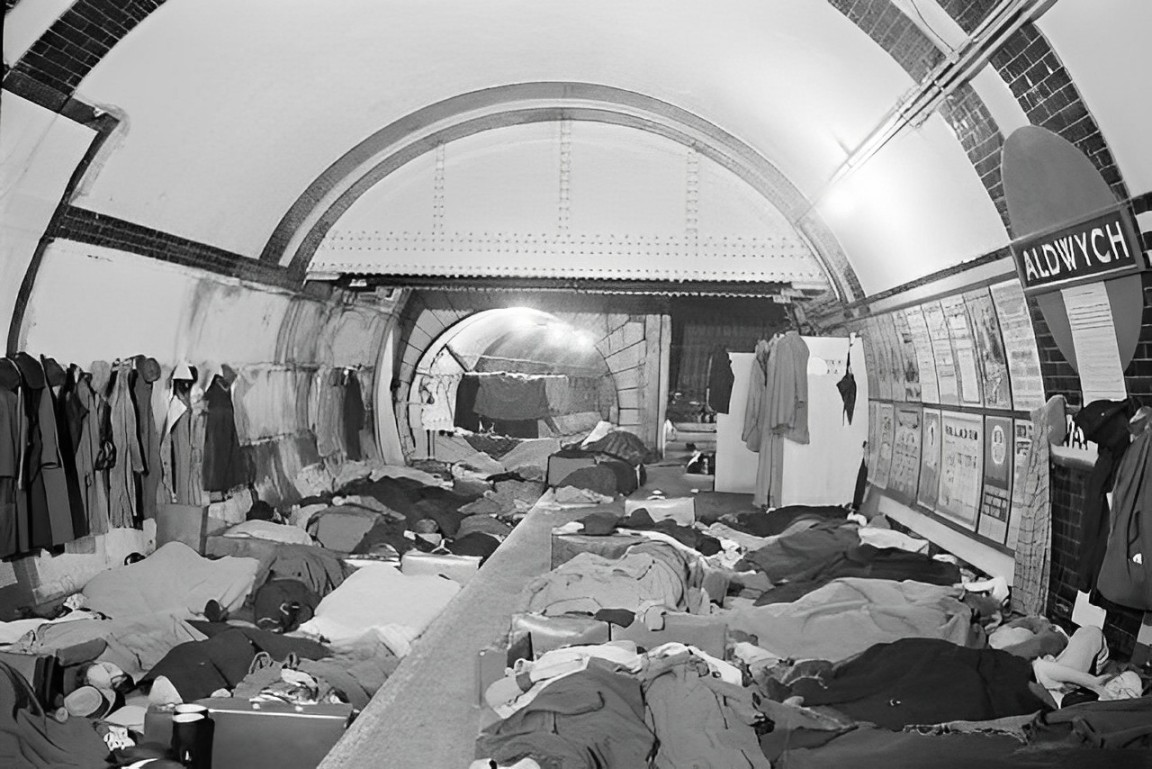
During World War II, the London Underground played a vital role as a shelter for thousands of Londoners during air raids. Engineers quickly adapted stations to accommodate people, installing bunk beds and medical facilities. The network’s design also had to account for the increased stress on the infrastructure. The war period highlighted the Underground’s versatility and resilience under extreme conditions.
The Use of Reinforced Concrete in Modern Extensions
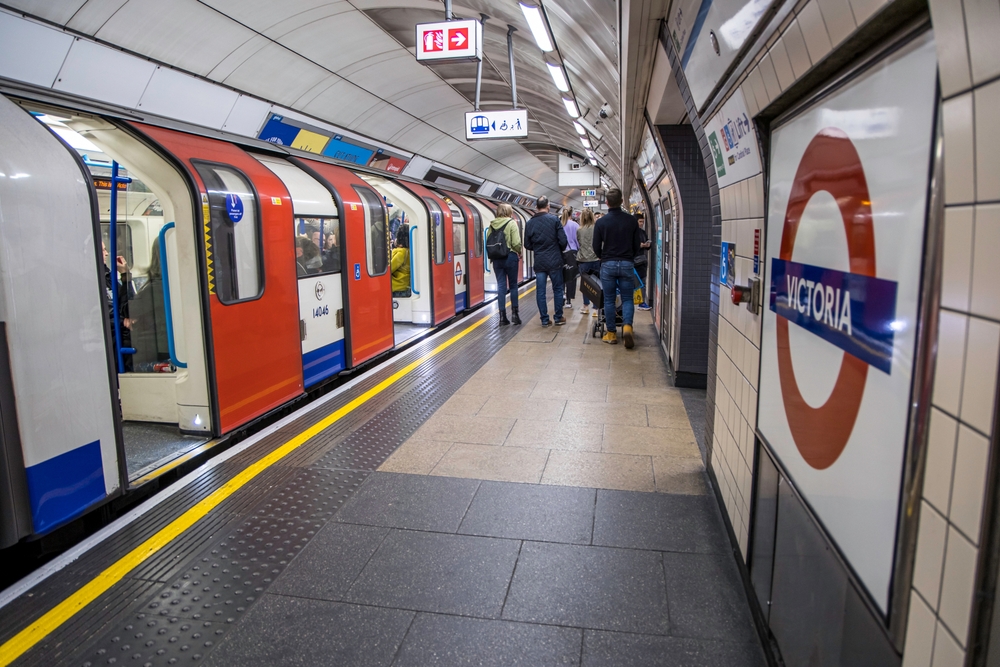
Reinforced concrete has become a key material in the construction of new Underground lines and extensions. This material provides the strength and durability needed to support the weight of modern trains and stations. Engineers use reinforced concrete to create robust structures that can withstand the demands of heavy use and time. The material’s versatility has been critical in the ongoing development of the network.
The Role of Sustainability in Recent Projects
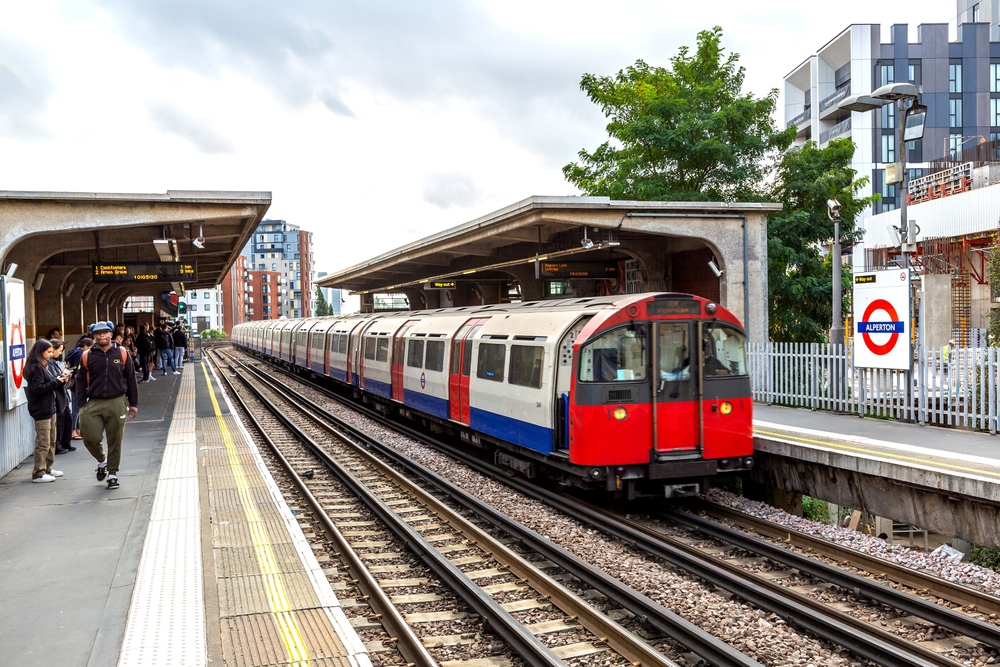
Sustainability has become a key consideration in the engineering of the London Underground. Recent projects have focused on reducing the network’s environmental impact, including the use of energy-efficient trains and renewable energy sources. Engineers are also exploring ways to recycle heat generated by trains and stations. Sustainability initiatives are helping to future-proof the Underground for generations to come.
The Importance of Regular Maintenance
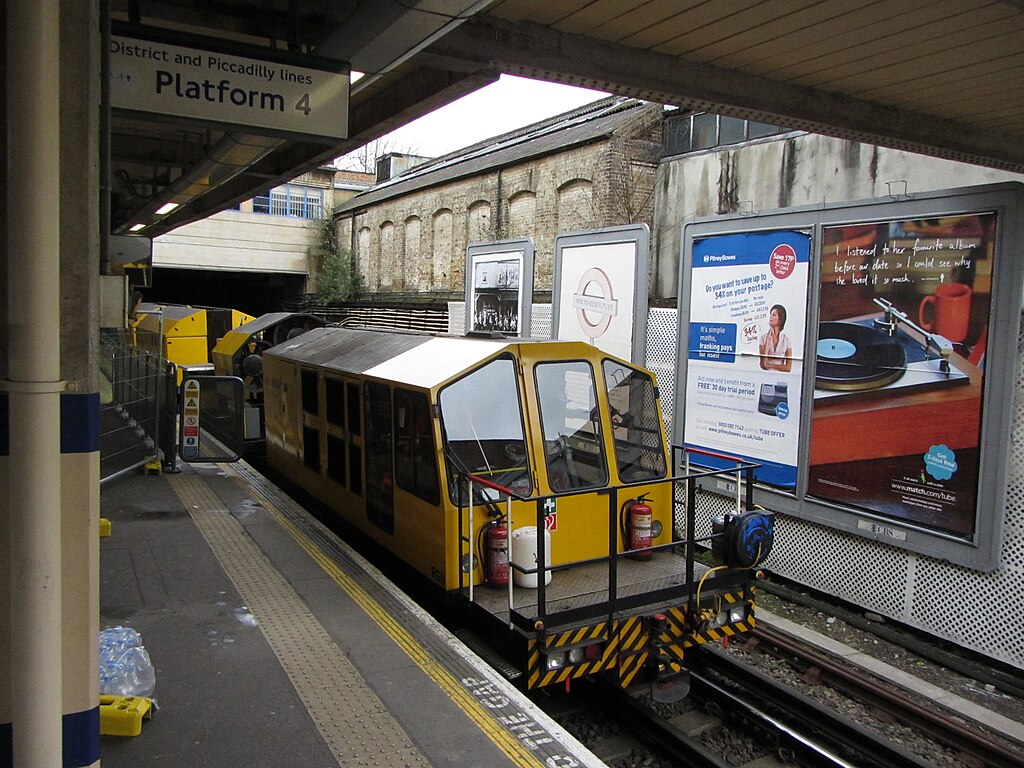
The London Underground requires constant maintenance to keep it running smoothly. Engineers carry out regular inspections and repairs to ensure the safety and reliability of the network. This includes everything from track replacement to tunnel reinforcement and station upgrades. The ongoing maintenance work is essential to the longevity and efficiency of the Underground.
The Vision for Future Expansion
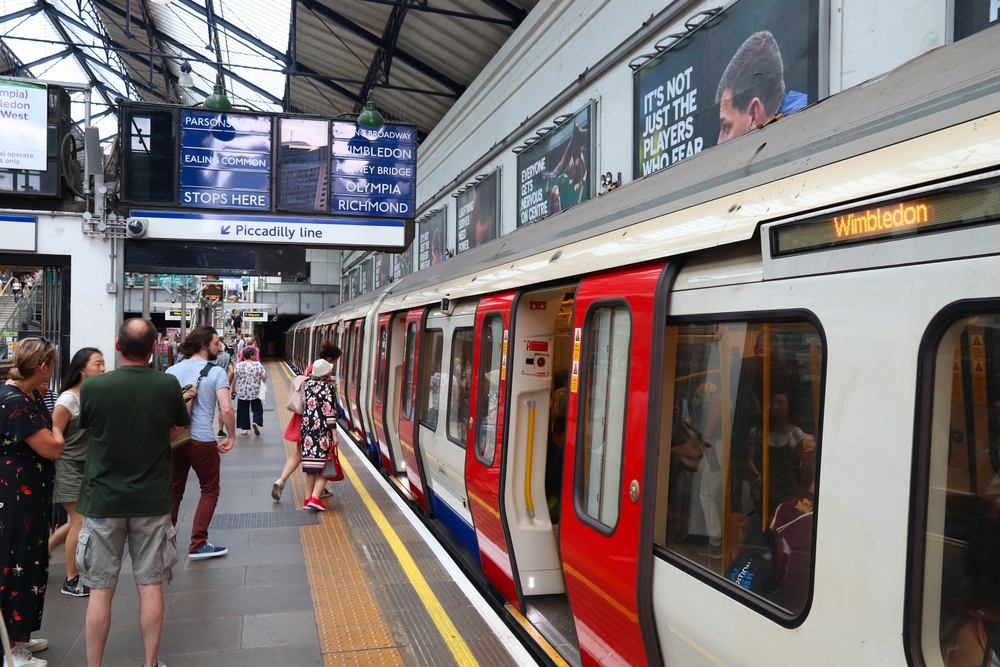
Looking to the future, the London Underground has ambitious plans for expansion. Engineers are exploring new technologies and construction methods to extend the network and increase capacity. Projects like Crossrail, also known as the Elizabeth Line, showcase the potential for integrating new lines into the existing network. The vision for future expansion is driven by the need to meet the growing demand for urban transportation in London.
This article originally appeared on UnifyCosmos.
More from UnifyCosmos
20 Free Certificates You Can Get to Level up Your Job Skills

Looking to enhance your job skills without breaking the bank? Free certificates can be a great way to boost your resume and expand your knowledge. Read More
22 Jobs That Pay Big Bucks Without Needing Experience

Looking to earn a high salary but don’t have the experience? Surprisingly, there are jobs out there that pay well without requiring extensive backgrounds. Read More
15 Proven Tips for Managing Your Digital Life Like a Pro

Our digital lives are busier than ever, and keeping everything in order can be a challenge. Luckily, there are simple strategies to help you stay on top of it all. Here are 15 tips to efficiently manage your digital life and boost your productivity. Read More
Leave a Reply